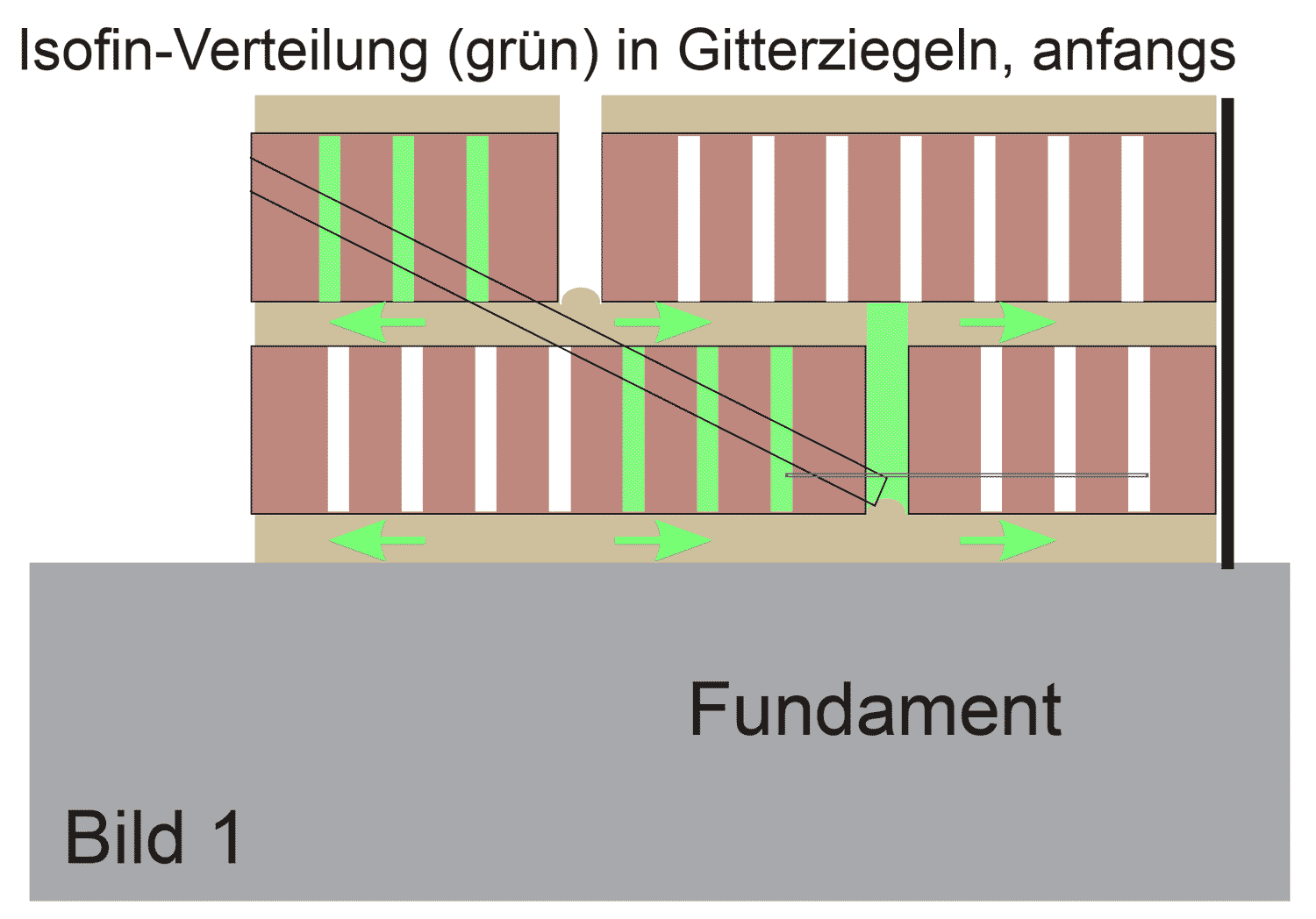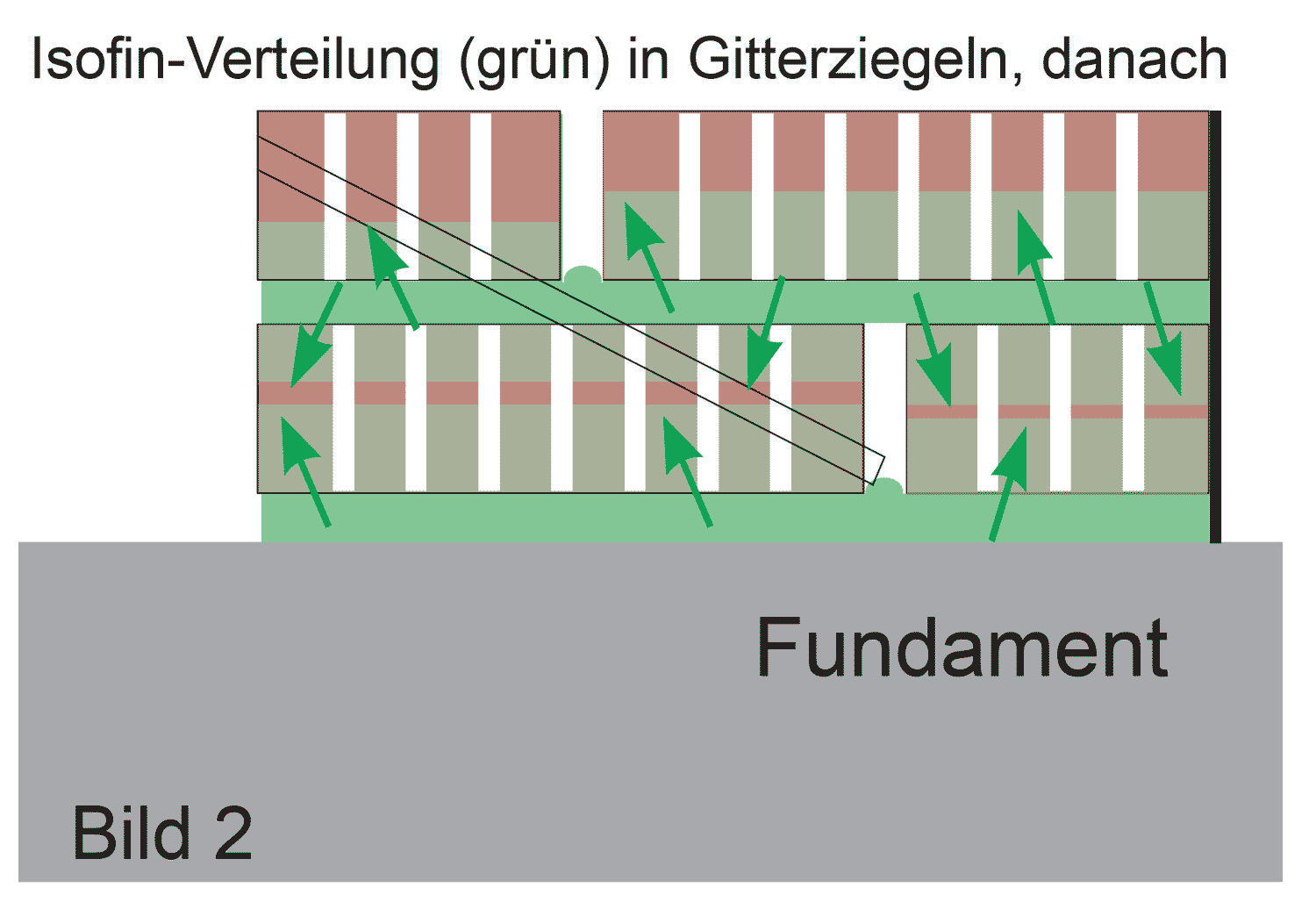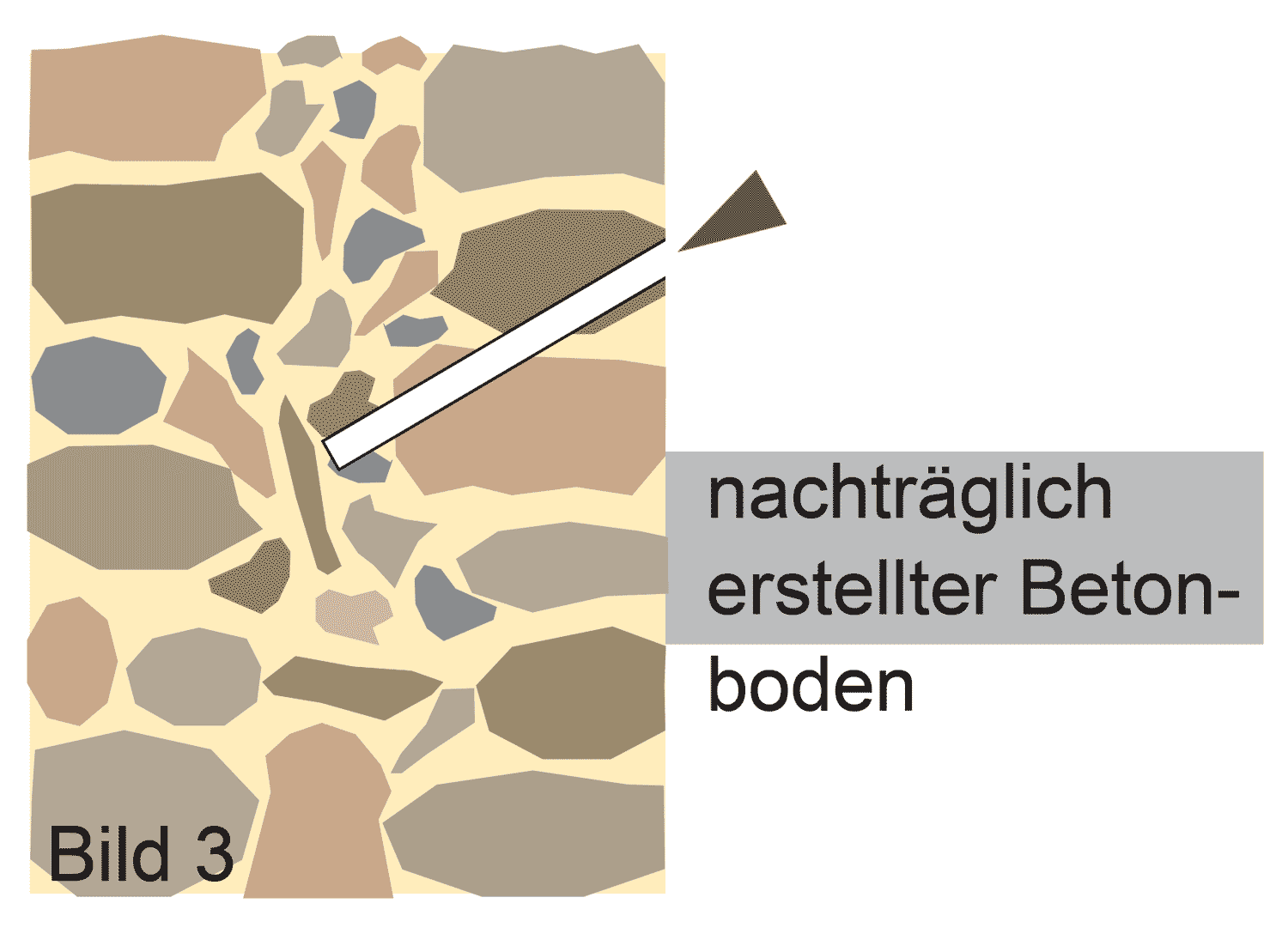The wall is dried by evaporation of the water on the wall surface. This makes the room air more humid and evaporation slower. This increased humidity can be reduced either by good air exchange (regular ventilation) or by using a drying device to prevent the drying delay.
A drying unit is therefore useful if sufficient air exchange is not possible or the outside air is too warm and humid (e.g. in summer).
During the drying process, the water in the building material pores must always first migrate to the wall surface in order to evaporate there. This is a slow process that is not accelerated by the drying device itself.
However, an actual acceleration drying can be achieved by using a fan. If this is set up so that the air is blown along the wall, a negative pressure is created on the wall surface. This accelerates the transport of the pore water to the surface.





